15 Types of Sales: Strategies, Examples & When to Use Them
Discover 15 powerful sales types, their strategies, real-life examples, and when to use them. Boost your sales with the right approach for your business needs.
Author: Sujith Grandhi
Discover 15 powerful sales types, their strategies, real-life examples, and when to use them. Boost your sales with the right approach for your business needs.
Author: Sujith Grandhi
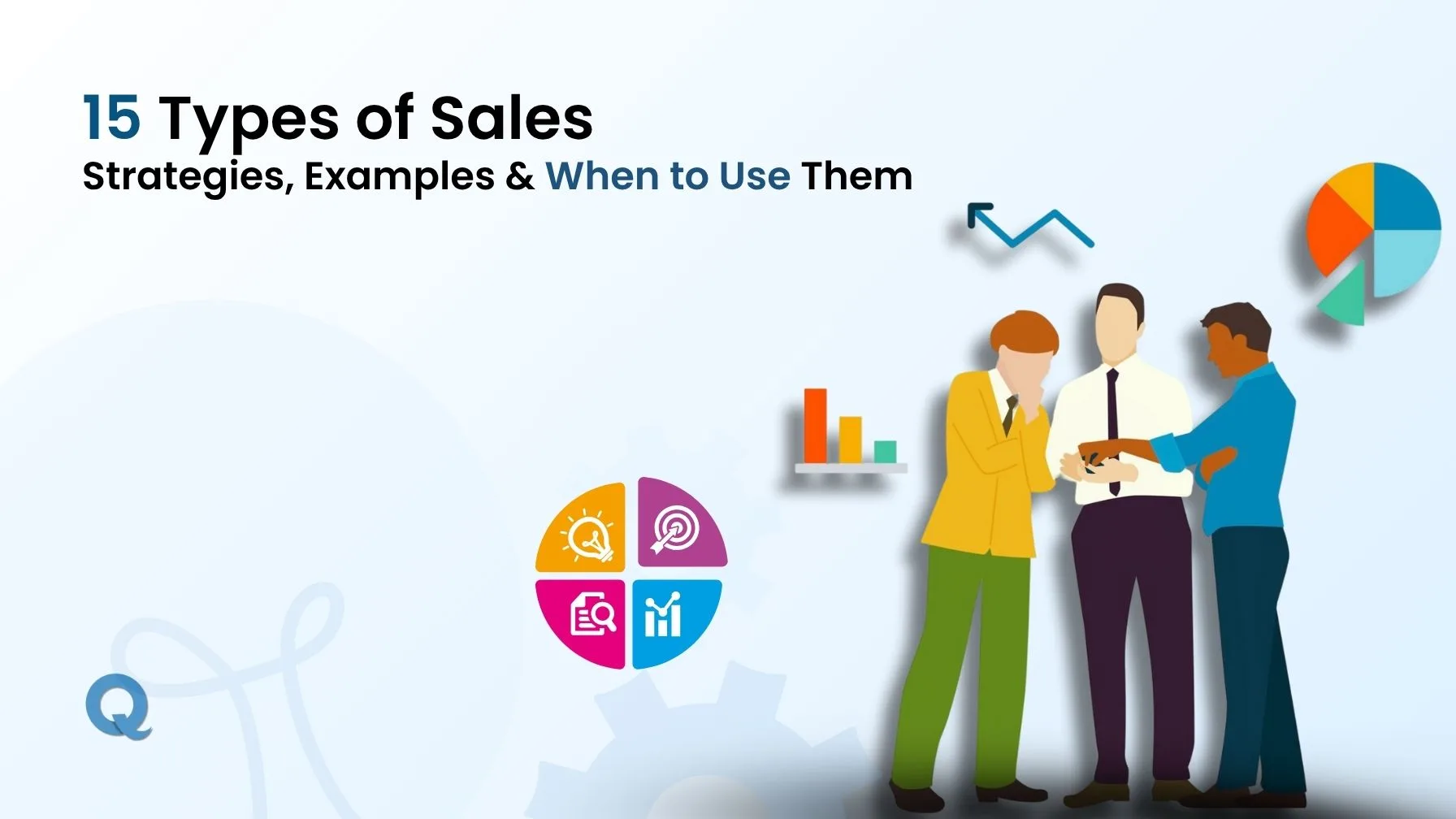
Ever wonder why some sales teams crush their targets while others struggle? The secret often lies in using the right type of sales approach at the right time. Sales isn’t just about convincing someone to buy, it’s about understanding different sales types and knowing which strategy fits your product, your customer, and your market.
In this guide, you’ll explore 15 powerful types of sales. You’ll see clear strategies, real-life examples, and practical tips on when to use each one. Whether you’re leading a sales team or handling sales yourself, mastering these approaches will give you a serious edge in closing deals and driving revenue.
Let’s get into sales strategies that work, starting now.
Learning about the various types of sales helps you decide better. You can’t use the exact same sales methods with every product or customer. Gaining knowledge about types of sales helps you use the correct way to reach out to buyers and close deals.
For example, inside sales lets you reach many potential customers quickly through calls or emails. Face-to-face meetings make outside sales or field sales more effective. If you work in B2B sales, practising consultative selling supports your salespeople in meeting customer needs and developing leads.
Using the right sales strategies also keeps your sales pipeline organized. Sales managers and sales professionals can help the team by setting goals and walking them through the steps of completing sales. By mixing direct, channel, inbound and outbound sales, you stay flexible when customers’ needs and trends change.
In the end, to have a successful and connected sales department, it is important to understand sales types, whether you work with consumers or clients in business.
Sales isn’t just one single process, it comes in many forms. Knowing the different types of sales helps you pick the right sales strategy, fit your product or service, and connect better with your customers.
Here are some of the standard kinds of sales you’ll come across:
Inside sales is when you sell something without meeting the buyer in person. You talk over calls, emails, or video meetings and that’s it. No traveling. No face-to-face conversations. It works best when the buyer already knows what they’re looking for and just needs a bit of help making a decision.
If you’ve ever had a rep walk you through a product on Zoom and then send you a link to buy, that’s inside sales.
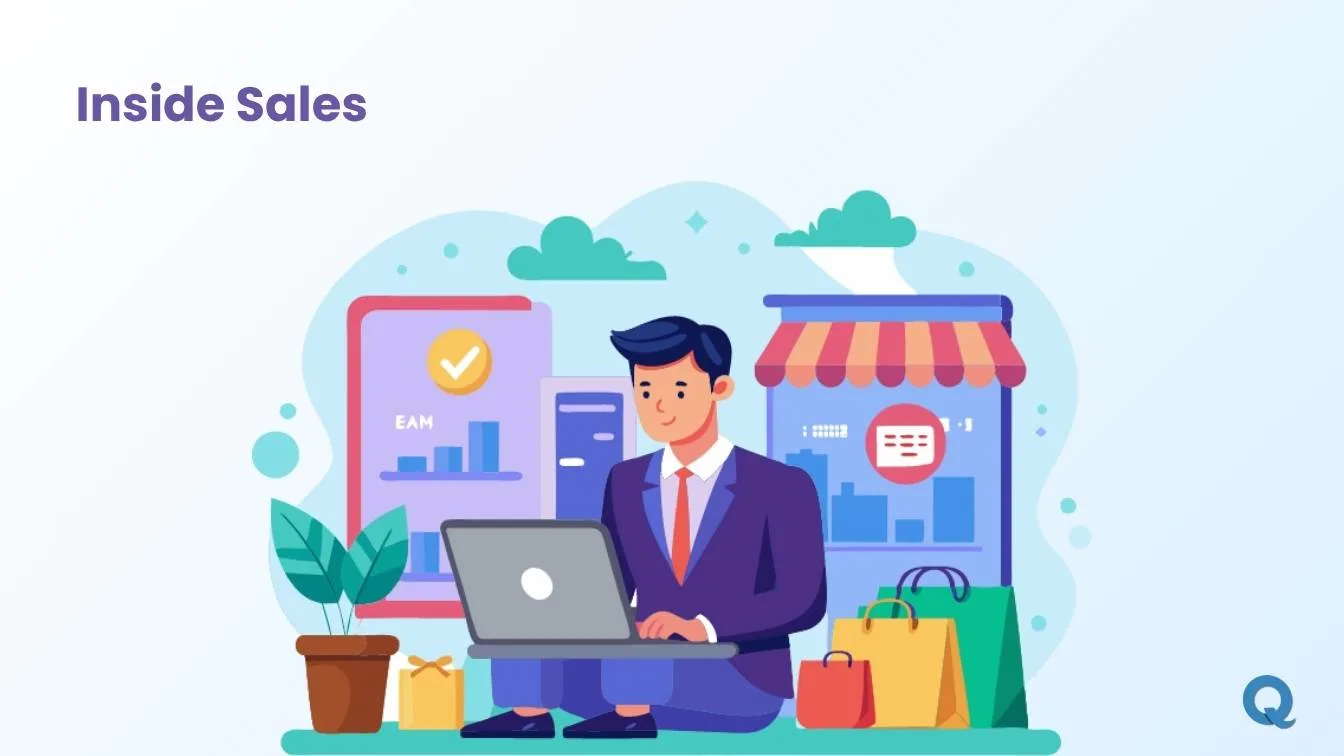
A friend of mine sells monitoring software to schools. He never visits them in person. Instead, he books short calls with school principals, listens to their challenges, and shows how the software helps. Last month, he closed four deals, all online. No travel, just a laptop and a few smart conversations.
That’s how simple inside sales can be when it’s done right.
Go for inside sales if your product doesn’t need to be seen or touched. It’s great for digital tools, subscriptions, or anything you can explain over a call. If your buyers already have some idea of what they need, this method works really well.
It also saves time, money, and effort especially if your team is spread out or working remotely.
Have you ever missed an important call or forgotten details from a sales conversation? It can cost you valuable deals. That’s where Qoli’s call log monitor comes in.
Qoli’s call log monitor tracks every incoming and outgoing call in real time, so you never miss important conversations with prospects or customers. It also records calls, letting you review how you handle objections and present your products helping you sharpen your sales skills.
Qoli provides insights into call frequency and timing, so you can connect with customers when they are most responsive. By linking call details with customer information, Qoli helps you personalize follow-ups and build stronger relationships. Plus, detailed call logs keep your sales process organized, transparent, and compliant.
Unlocking Sales Potential with Qoli:
Outside sales involves meeting potential customers face-to-face. Sales representatives travel to visit clients in person, building stronger relationships through direct interactions. This approach is ideal when products or services require demonstrations or detailed explanations.
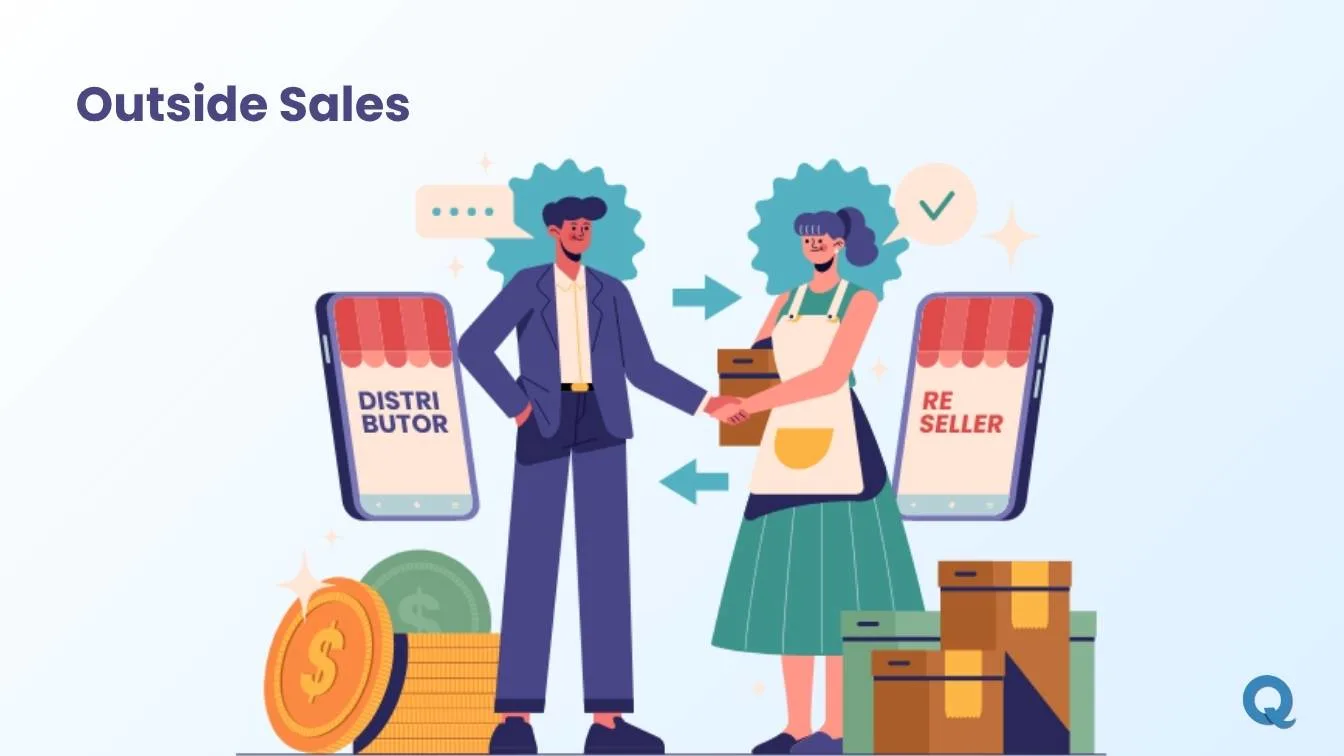
A company handling industrial equipment brings sales reps outside to let clients see the products and explain their requirements. These visits help build trust between the sales team and the client which allows for better and bigger deals.
B2B sales is the act of a business selling products or services to another business. These types of sales usually call for making strong connections, learning about customers’ detailed needs and working through a lengthy selling process.
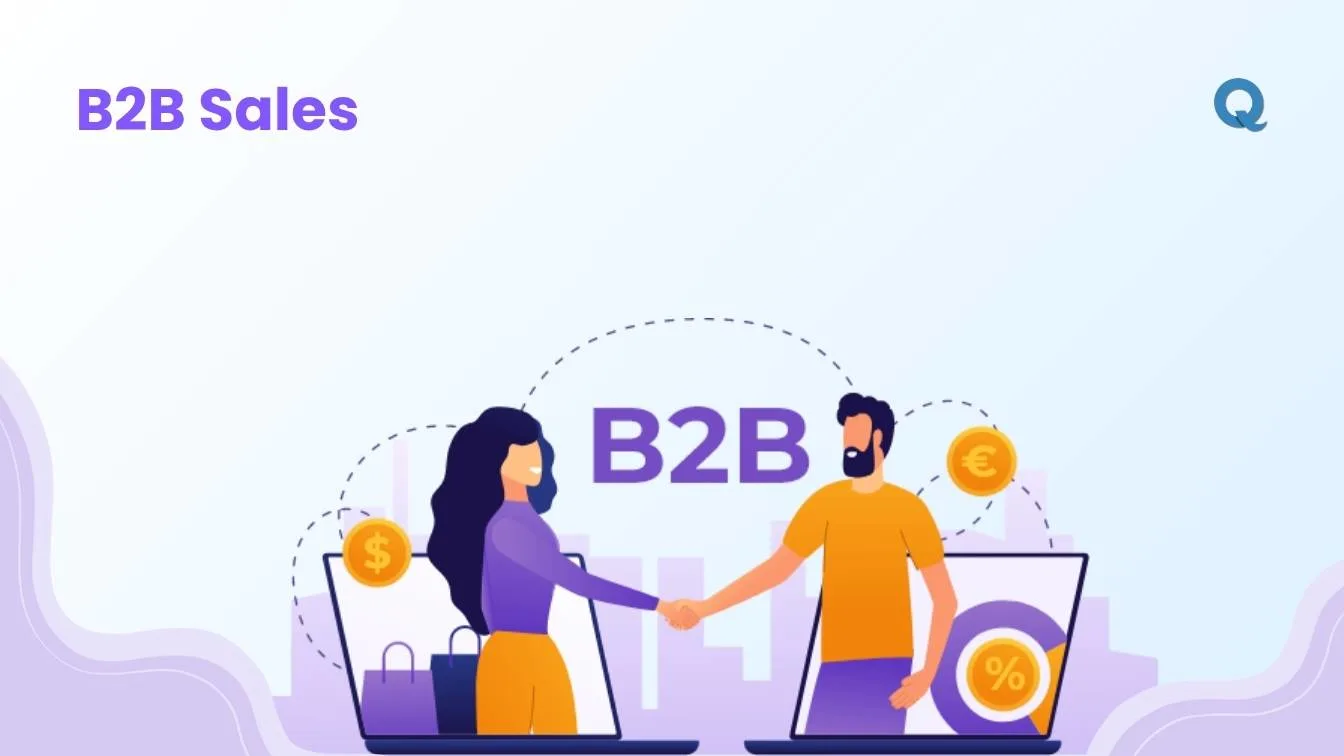
A company providing IT solutions works with businesses to identify their needs and design custom software packages. The sales team meets decision-makers, answers questions, and adjusts proposals until they close the deal.
B2C sales mean selling goods or services to people as end-users of those products or services. These sales usually happen faster and focus on meeting the needs and preferences of everyday customers.
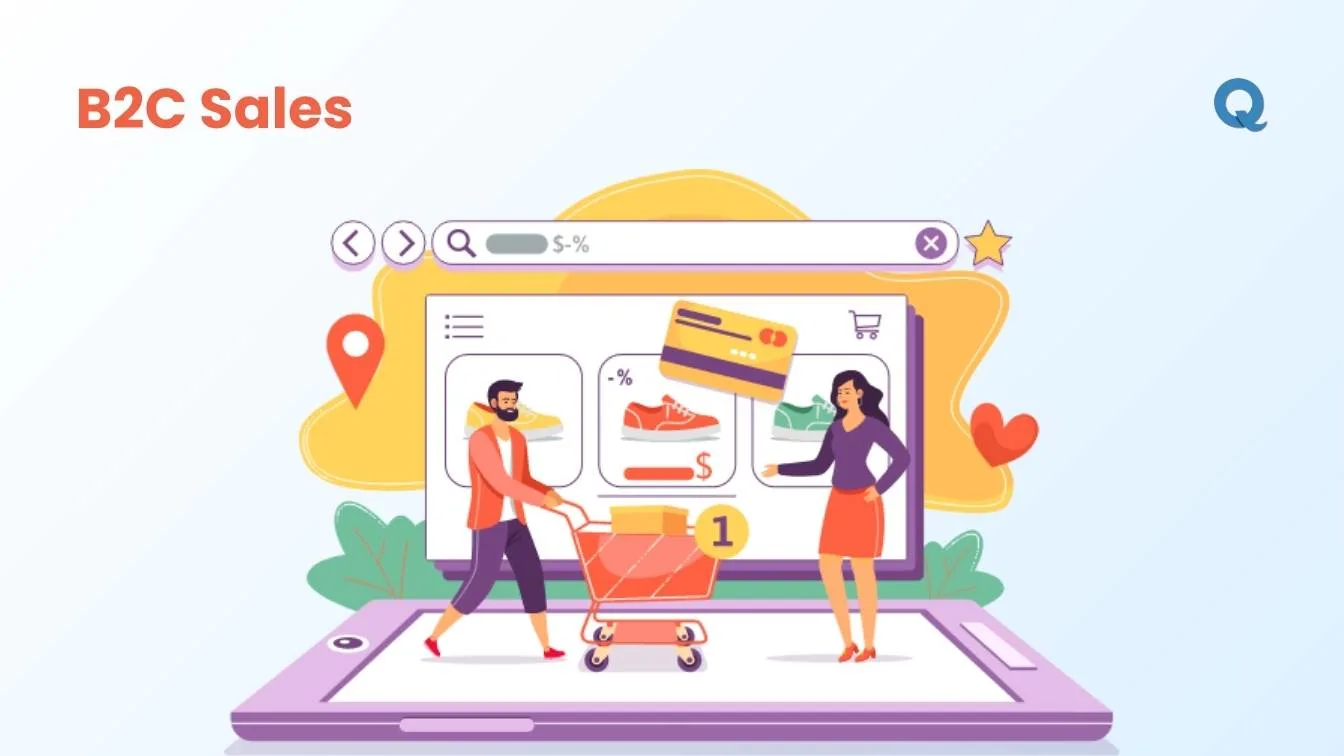
You can buy clothing and accessories both at the store and on the shop’s website. They make it a priority for their sales team to give good customer service, answer fast and present special offers to boost sales.
When doing direct sales, products or services are sold straight to customers without any middle people. Representatives use meetings, calls or digital messages to reach out to potential customers on a personal basis.

A company selling health supplements uses direct sales reps who visit customers at home or connect via phone to explain the benefits, answer questions, and take orders directly. This personal approach builds strong customer relationships and encourages repeat business.
In indirect sales, you instead give the role of selling your products or services to partners, resellers or distributors. This method helps you reach a wider audience without handling every sale yourself.
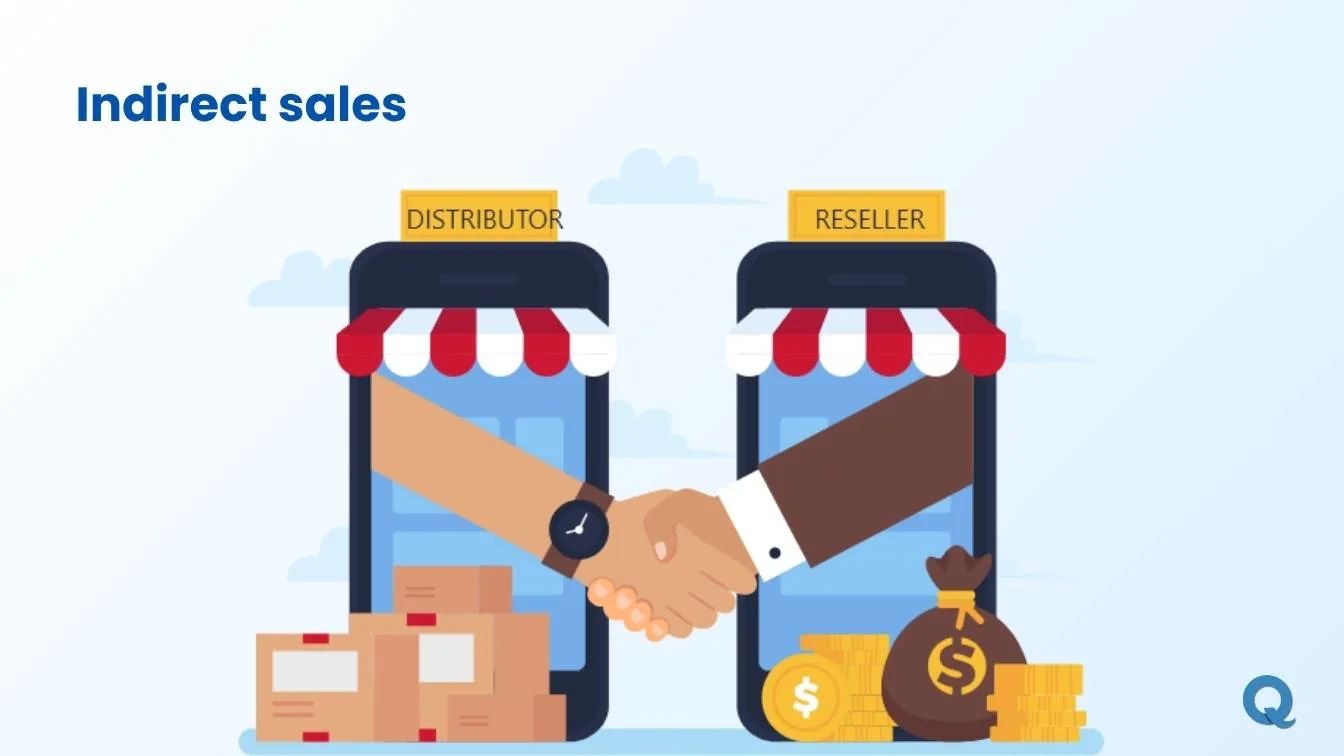
A technology company works with authorized resellers who sell their hardware and software to local businesses. The company trains these partners regularly and shares sales targets, helping everyone succeed together.
With consultative sales, the seller takes time to learn what the customer requires before they share a proposal. Salespeople guide clients by recommending what suits them best.
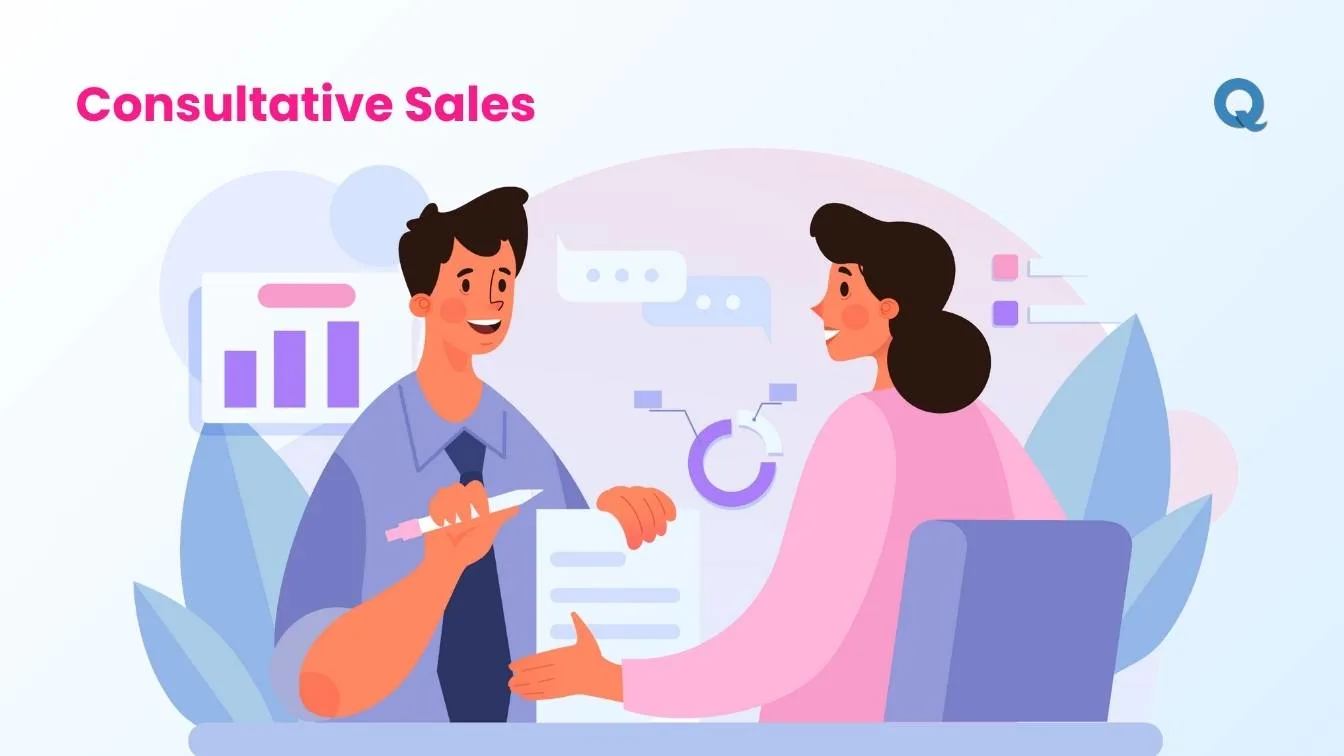
In Consultancy, firms focus on understanding what businesses are facing before offering a suitable solution. The sales team observes and learns what each client wants and then demonstrates how the company can help with those needs.
Inbound sales start when customers contact you voluntarily. A person might visit your website, find you on social media or see your ads which may lead them to contact you for more details or to purchase. It is your role to lead the customer smoothly through the steps of making a sale.
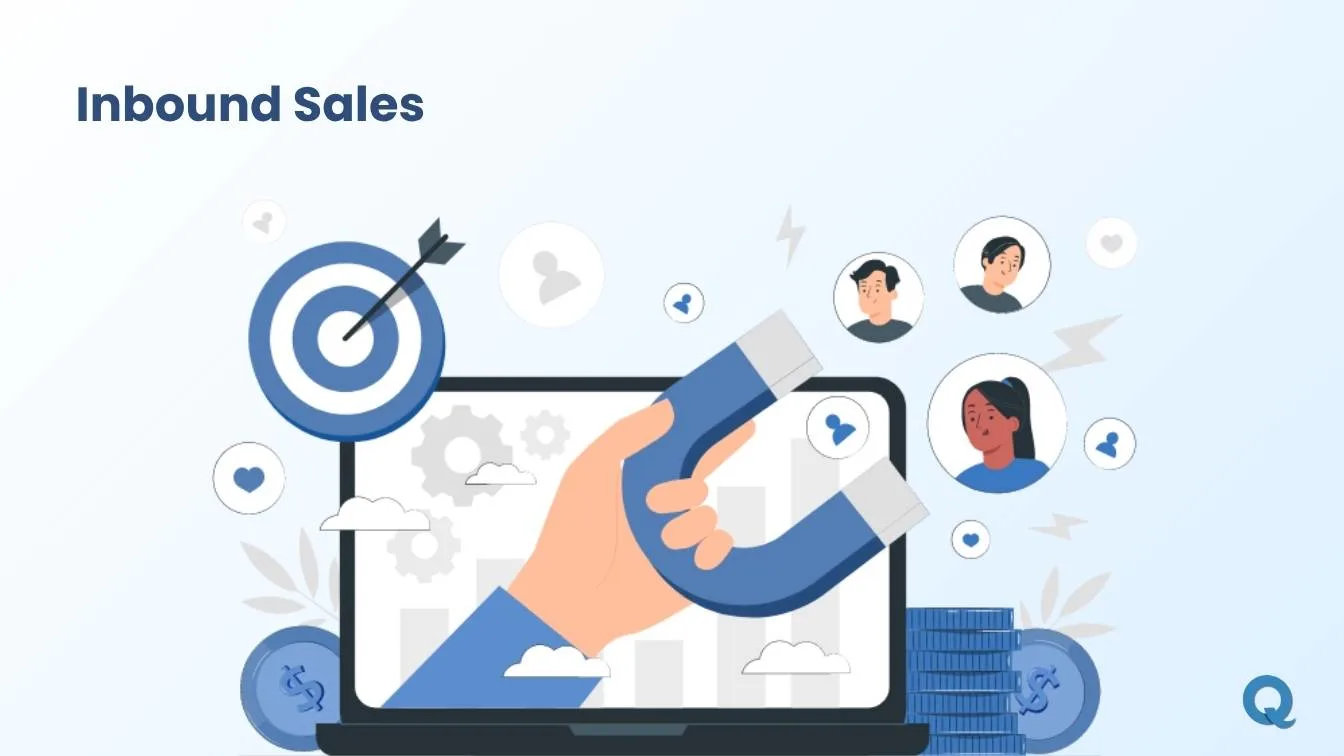
A company selling online courses receives questions from website visitors through live chat. The sales team responds promptly, explains the courses, and helps customers sign up. By responding quickly and clearly, they turn many visitors into paying customers.
In outbound sales, you are the one who talks to possible customers after you have identified them. Sales reps may use telemarketing services, cold calling, email outreach, or even visit the business in person to make a sale. It helps to take action first and attract the other person’s attention.

A software company that sells project management software reaches out to potential customers via email and phone calls. They research each company, customize their pitch, and follow up with helpful content. By staying persistent and relevant, they close deals with many businesses each month.
In account-based sales, you choose a few high-value clients and make your approach to selling entirely about them. Instead of advertising to many people, you make an effort to target only those who best fit your product or service.

Business software companies concentrate on developing solutions for big companies with precise requirements. They build individual proposals, set up meetings with leading people in the company and offer unique content. Because of this, the company has been awarded important contracts and built long-term relationships.
High-ticket sales involve the sale of items that take longer to close, since they are often expensive. Because these sales are more complicated, customers spend more time deciding, have numerous discussions and sometimes need to negotiate. High-ticket sales are successful when you customize your help and learn about what the buyer needs personally.
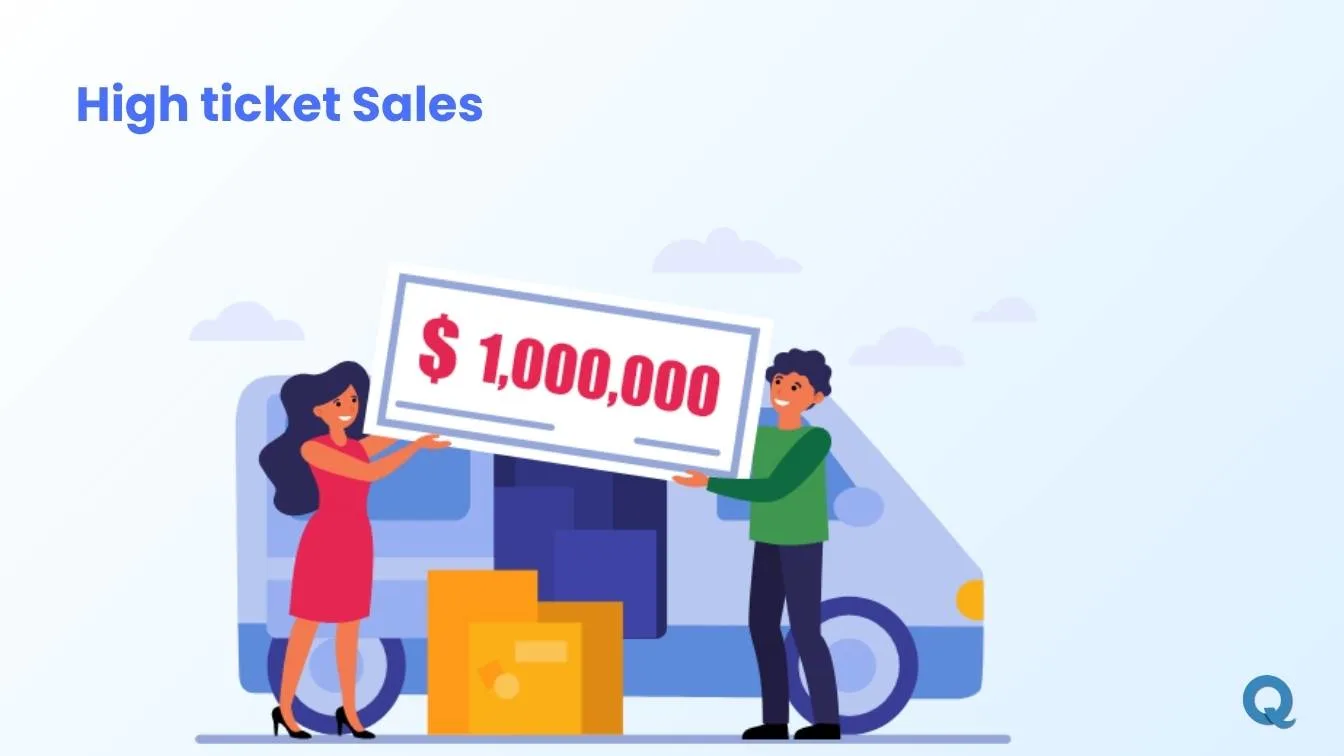
A company selling luxury cars uses a highly personalized approach for each client. The sales rep tries to understand the customer’s preferences, invites them for an exclusive test drive and points out what makes buying a high-end car worthwhile. They grow a trusting relationship with the buyer and give excellent support even after the sale is done. Personalized treatment of customers results in closed big sales and the retention of loyal buyers.
Low-ticket sales refer to products or services that aren’t expensive and customers decide quickly whether to buy them. Most of these sales move quickly, helping businesses reach a large audience faster.
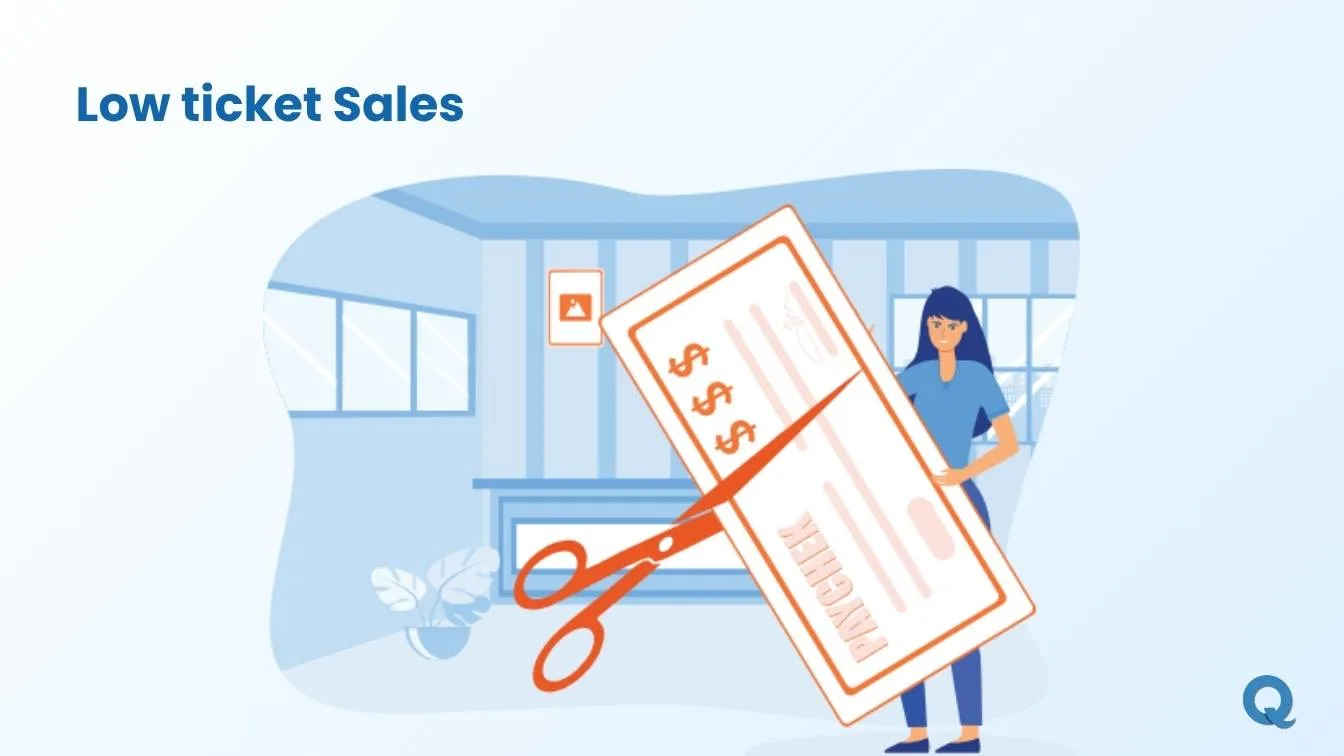
An online company offering resistance bands or yoga mats teaches customers about its products by using a basic e-commerce site. They advertise on social networks by giving customers benefits like discounts for a limited time. Since the products are both reasonably priced and available right away, people often decide to buy them on a whim which leads to many orders for the company.
With channel sales, you sell your product or service using the help of third-party partners such as resellers, distributors or affiliates. Rather than managing sales by yourself, you get others to do it for you and take advantage of their customer base.
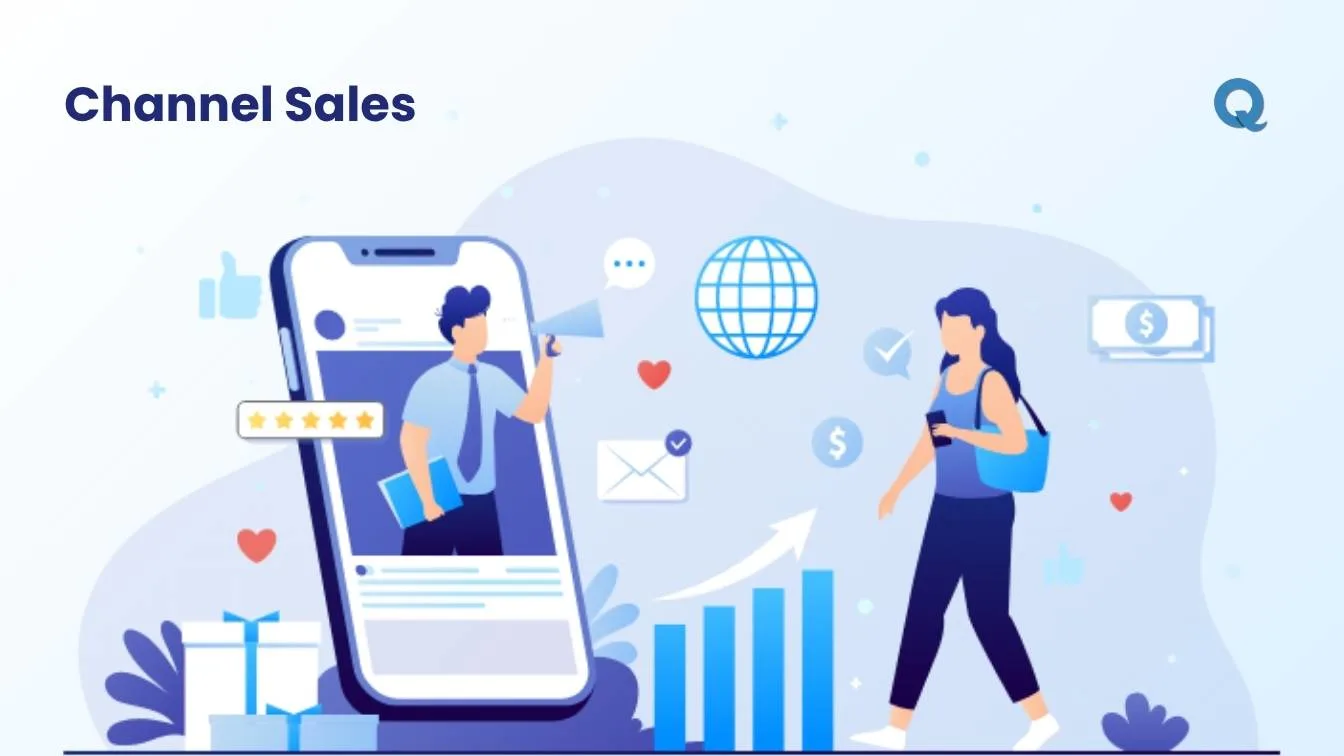
The partnership between a software company, IT consultants and resellers helps the company grow into new regions. Resellers develop alliances with businesses searching for software products and the company trains them and gives them selling materials to close sales. Because of this, the company’s sales rise very fast, without the need to increase its sales force.
E-commerce sales mean offering products or services for sale to customers through an internet store or web platform. This sales model is very popular today since many people now prefer to buy things online.
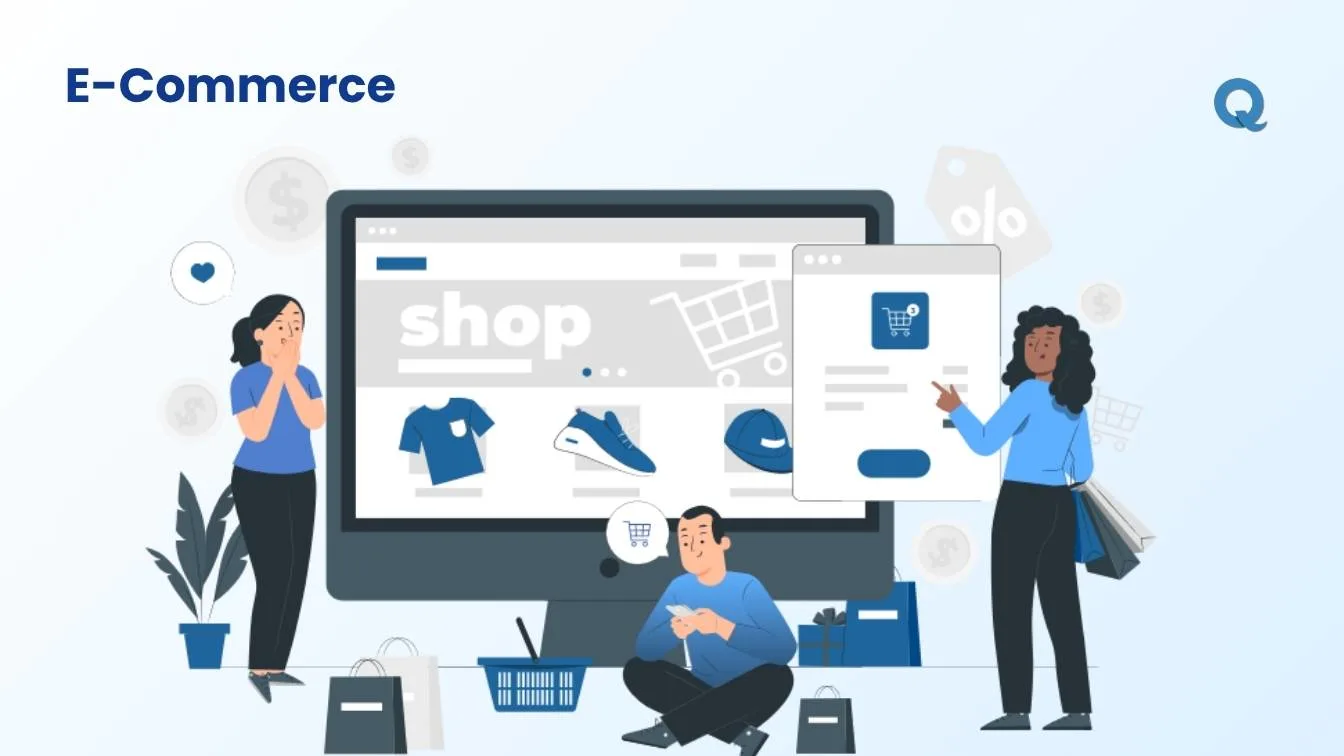
A clothing brand offers its products for sale on an e-commerce site of its own. Social media ads draw customers, they give new buyers a discount and they provide free shipping to help boost orders. Using the website is easy and checkout is a simple and fast process. Such an approach has led to more customers choosing them and also to more sales.
Field sales is the long-standing approach where salespeople go and meet clients face-to-face to foster relationships and seal the deals. For many high-end or tough-to-explain products, it’s used because showing and explaining these items requires face-to-face communication.

Heavy machinery companies in the construction industry take their salespeople to job sites to talk with contractors and site managers. They take the needed machinery to the site so that customers can learn by seeing and using it up close. Personal meetings allow for the formation of powerful relationships and successful large transactions.
The right type of sales approach can significantly increase the performance of your business. You should fit your sales approach to your product, your customers and what your business aims to do.
Last chance! Get 30% off all Qoli features before this limited-time deal disappears forever.
Choosing the right sales strategy is essential to achieving success in any sales process. Whether you focus on inside sales, field sales, or consultative selling, each method has its strengths depending on your product and target audience. By understanding the different sales types, you can better align your approach to meet customer needs, build trust, and close more deals.
The key is to stay flexible, mixing different strategies as needed and adapting to changes in the market. When you use the right sales approach, you’ll improve efficiency, build stronger relationships, and ultimately drive more revenue. Keep experimenting with these strategies, measure your results, and refine your approach to keep growing your sales success.